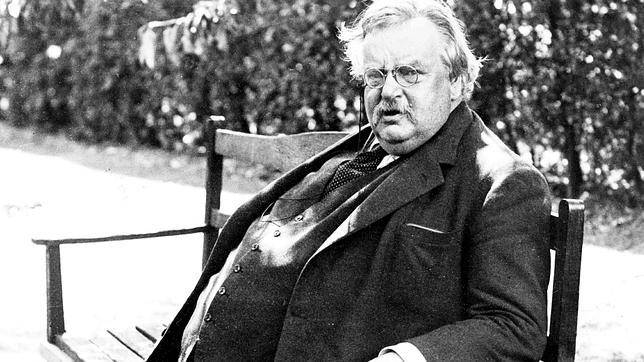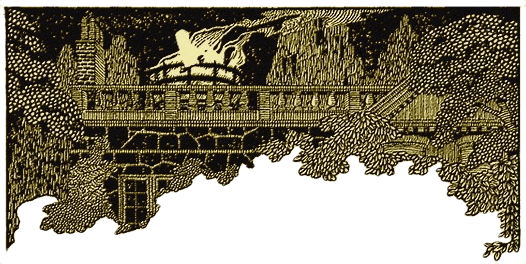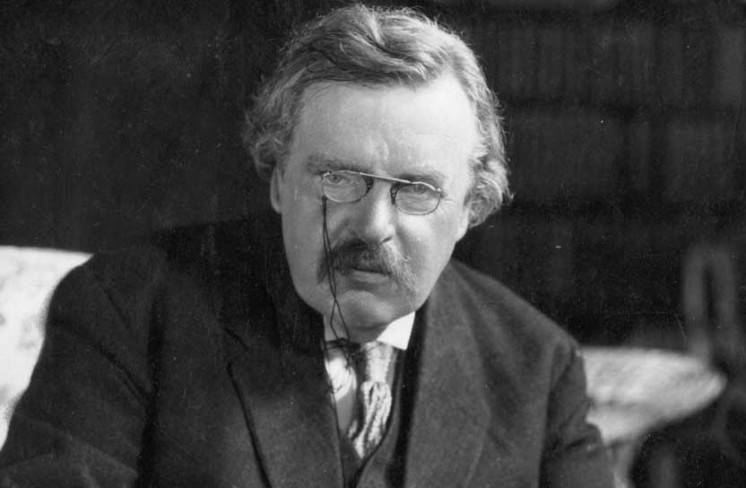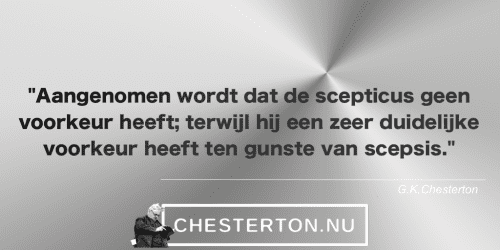
Maakbaarheid als geloof
Een bijdrage van: Hans Schaeffer Geen maakbaarheid maar scheppingsgeloof [1] Ik wil beginnen met een stelling. ‘Maakbaarheidsgeloof’ is een contradictio in terminis. Kenmerkend voor geloof is de fundamentele aanname dat het belangrijkste, het meest waardevolle, het menselijk leven overstijgende nu juist niet maakbaar is.[2] Daarmee is niet gezegd dat menselijke

 Welkom bij Chesterton.Nu op ZinVolZin, een unieke ruimte waar we de tijdloze wijsheid, gedachten en werken van G.K. Chesterton onder de loep nemen. Chesterton, een veelzijdige schrijver, filosoof en christelijk apologeet, blijft een inspiratiebron voor velen dankzij zijn scherpe inzichten en meeslepende verhalen.
Welkom bij Chesterton.Nu op ZinVolZin, een unieke ruimte waar we de tijdloze wijsheid, gedachten en werken van G.K. Chesterton onder de loep nemen. Chesterton, een veelzijdige schrijver, filosoof en christelijk apologeet, blijft een inspiratiebron voor velen dankzij zijn scherpe inzichten en meeslepende verhalen.

























